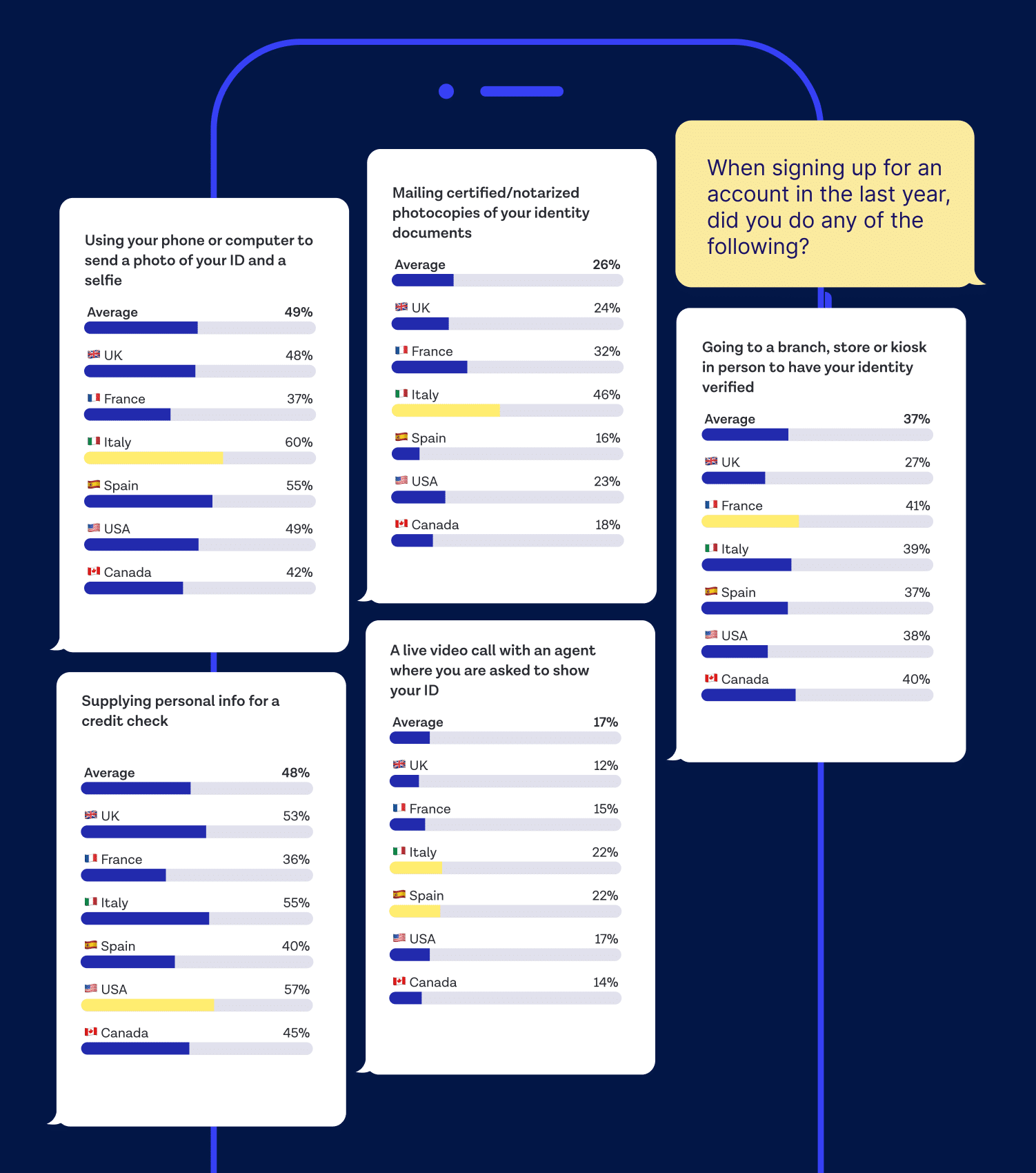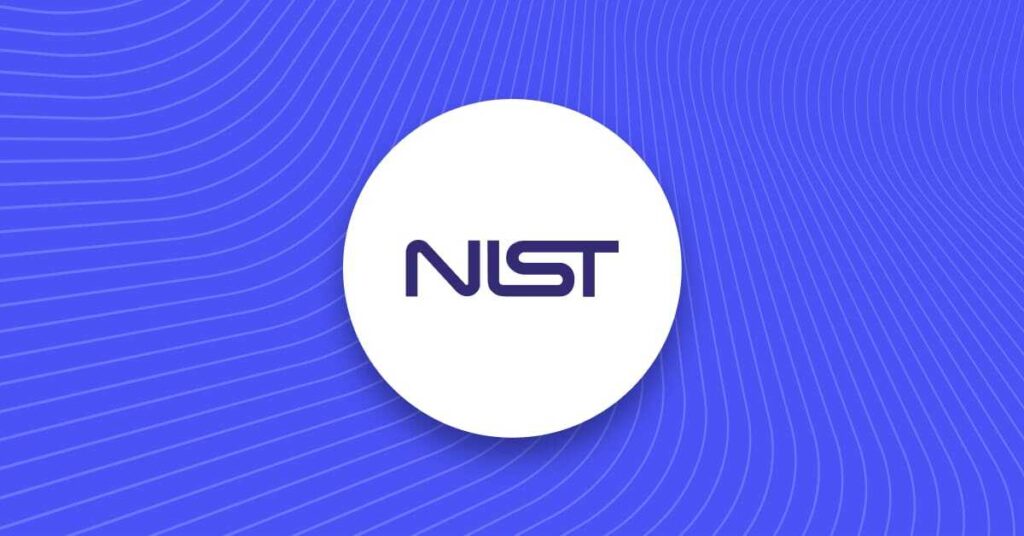
User onboarding has come a long way in recent years. With the help of digital identity verification, widespread digital access across all kinds of services is not just the norm, it’s the bare minimum.
Users no longer have to wait to set up a bank account or make a payment. In fact, they don’t even have to leave the house. Today, users can open accounts online or via an app on their smartphone by proving their identity in seconds, just by taking a photo of their ID and a selfie.
In this digital world, where users have such high expectations and standards, what are the best practices when it comes to onboarding? With 1 in 5 users still abandoning account creation due to it taking too long, or being too confusing, how do businesses exceed the standard of simply being ‘online’?
Change the conversation around UX and compliance
Customer onboarding best practices can start with a simple conversation. For regulated businesses, user experience, compliance, and fraud prevention form the basis of onboarding. Each one is arguably of equal priority and getting the balance right can be challenging.
And it’s easy to see why. Product, Compliance & Risk, and Fraud teams all have different business priorities to meet, and different metrics to consider. But, rather than viewing these priorities as separate initiatives, onboarding can bring all these teams together and define priorities. Such priorities can help the business understand what the risk tolerance level is and how much the business is willing to adopt for different customers, for example.
It’s true that while adding identity verification creates an extra step in your flow, this doesn’t have to mean a bad UX or increased friction. In fact, research shows that users see the benefit of identity verification — in terms of their own personal safety and security. They see fraud prevention (42%) as the biggest benefit, followed closely by speed (36%). Plus, 2 out of 3 users feel that going through identity verification builds trust with the business.
Find out more about users' expectations of onboarding and digital identity.
Stay up to date with local KYC requirements
The regulatory conversation around digital onboarding is changing. Different countries have adopted digital identity verification processes at different paces. And local regulations reflect this — the exact requirements for different regions vary.
While this is beginning to change, especially in Europe with eIDAS 2.0 and ETSI technical standards, there are still inconsistent approaches to verification during onboarding. Some countries, like the US, rely more on methods like credit checks. Others, like the UK, have widely adopted digital verification processes such as document and biometric verification. The UK Financial Conduct Authority (FCA) is known for its innovative approach, favoring a risk-based method that focuses on outcomes rather than strict AML rules.

All of this means that end-user experiences can vary depending on where they are in the world and what the current regulations are by region. What is normal for some is not for others. While user expectations define what you should and shouldn’t do, compliance defines what you can and can’t do. Businesses should familiarise themselves with local KYC requirements in the regions that they operate, and ensure that any identity verification provider they work with supports local regulatory needs.
Discover Onfido Compliance Suite, an ETSI-certified identity verification with Qualified Electronic Signature (QES) and One-time Password (OTP) for simple, seamless, and eIDAS-compliant onboarding.
Tailor onboarding experiences for different users
In the past, businesses have adopted a one-size-fits-all approach to onboarding. Today, no two end-users are the same, so why should their experiences be identical? Part of this decisioning relies on businesses deciding which end-users they are comfortable funneling through low-friction paths and which require additional assessment or step-up verification.
Plus, local regulations often dictate slightly different regulatory requirements. This can be especially challenging for large global businesses onboarding customers in multiple different geographies. Each country might have slightly different compliance requirements and verification steps required for an onboarding flow. It can become a headache to build and maintain these experiences as they vary by region.
Using a suitable orchestration engine can save a lot of headaches for businesses that have global ambitions. Orchestration allows businesses to easily add and manage new types of checks and decision logic to existing identity verification flows. For example, if the new market requires a new type of identity check, the last thing a business would want is for that to become a blocker to expansion plans. In addition to managing new logic, businesses will also want to monitor and optimize each new IDV flow launched.
Seeing as how expansion is already such a huge, complex undertaking for a business, an orchestration platform can make adapting identity verification flows to new markets one less problem that businesses need to worry about as they grow.
Optimize the UI of onboarding experiences, for everyone
Users want a digital-first experience — 8 in 10 users are satisfied with digital experiences. But without a well-thought-out user interface, digital isn’t necessarily better. Businesses and identity verification providers should create experiences that anybody can get through without difficulty. This benefits both the user, who’ll have a great experience, and the business, who’ll see less drop-off.
Users appreciate transparency, so businesses should take steps to explain the process during onboarding. Identity verification providers should design the digital process for the real world, for example, including real-time feedback, cross-device capability and accessibility features.
Don’t forget about the unhappy path
The unhappy path is when things go wrong. For example, if someone fails an identity verification check or abandons the process altogether. If onboarding and identity verification go smoothly, few people give it a second thought.
This is a good thing, because a poor experience can stick in your users’ or would-be users’ memory for months, even years to come. The reputational impact of badly designed unhappy paths can be significant for businesses of all sizes across all industries. For markets where the cost of customer acquisition is particularly high, those unconverted customers can add up especially quickly.
At Onfido, an Entrust company, we spend a lot of time working to prevent and alleviate the unhappy paths in our products, and it’s something we advise many of our customers on. Discover what end-users are saying about the digital onboarding process, so you can avoid the unhappy path. Onfido recently surveyed 6,000 end-users about their experiences to better understand what customers want from onboarding.
Find out more about users' expectations of onboarding and digital identity.






